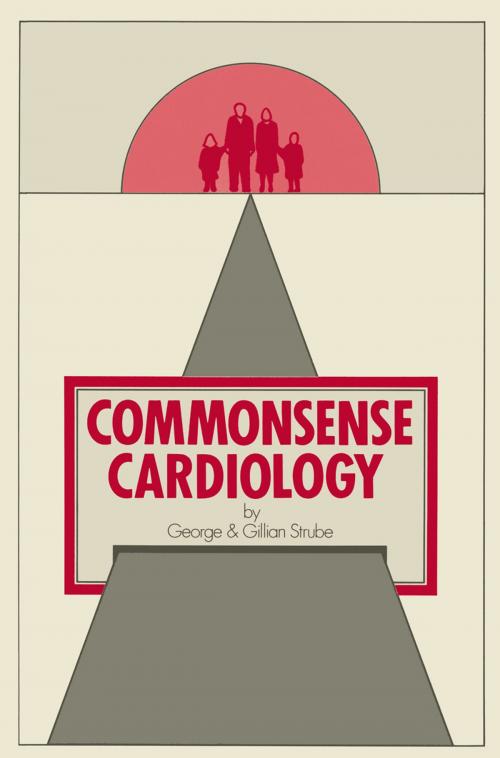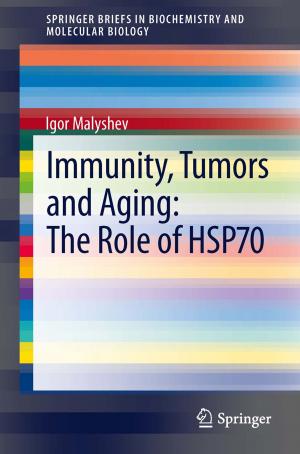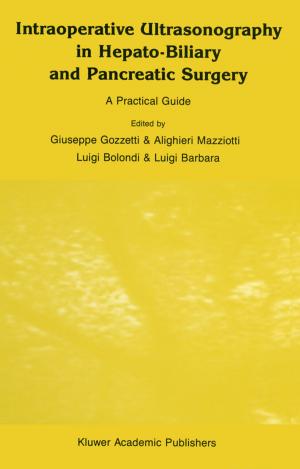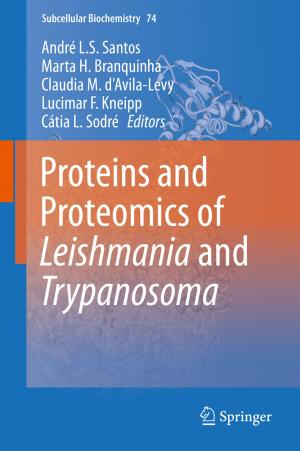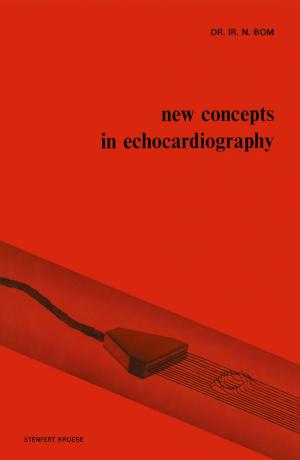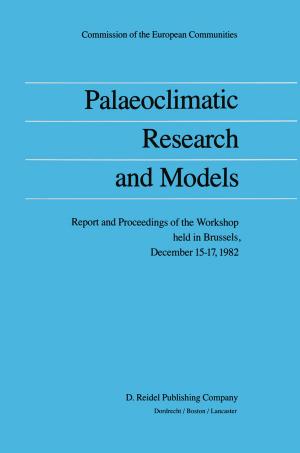Commonsense Cardiology
Nonfiction, Health & Well Being, Medical, Specialties, Family & General Practice, Internal Medicine, Cardiology| Author: | G. Strube | ISBN: | 9789400912519 |
| Publisher: | Springer Netherlands | Publication: | December 6, 2012 |
| Imprint: | Springer | Language: | English |
| Author: | G. Strube |
| ISBN: | 9789400912519 |
| Publisher: | Springer Netherlands |
| Publication: | December 6, 2012 |
| Imprint: | Springer |
| Language: | English |
Cardiology embraces a number of different conditions and disease processes. Cardiovascular disease is now responsible for most of the deaths of adults, especially premature deaths, in the developed world. The development of effective preventive measures, new drugs and surgical techniques makes it increasingly important to recognise those at risk, to diagnose accurately those suffering from disease and to prescribe, monitor and refer appropriately. This book is intended to focus attention on the opportunities which family' practice provides for this and to look at the need for a change in emphasis in approaching the problems. The book is in five parts. Part 1 is a reminder of some of the basic principles, which are essential if sensible cardiology is to be practised. Part 2 is about cardiac drugs, their use, effectiveness and risks. Part 3 looks at the diagnostic process; it comprises the history, examination, investigation and referral of patients, who might have cardiac disease and also the drugs which are most likely to be used. Part 4 is devoted to specific conditions. In Part 5, we look at the need for prevention and consider how it may be tackled in general practice. This is not a comprehensive textbook of cardiology. It is not intended for students. It is hoped that it may be useful to experienced doctors, struggling to provide a sound, sensible service in an environment of ever expanding technology.
Cardiology embraces a number of different conditions and disease processes. Cardiovascular disease is now responsible for most of the deaths of adults, especially premature deaths, in the developed world. The development of effective preventive measures, new drugs and surgical techniques makes it increasingly important to recognise those at risk, to diagnose accurately those suffering from disease and to prescribe, monitor and refer appropriately. This book is intended to focus attention on the opportunities which family' practice provides for this and to look at the need for a change in emphasis in approaching the problems. The book is in five parts. Part 1 is a reminder of some of the basic principles, which are essential if sensible cardiology is to be practised. Part 2 is about cardiac drugs, their use, effectiveness and risks. Part 3 looks at the diagnostic process; it comprises the history, examination, investigation and referral of patients, who might have cardiac disease and also the drugs which are most likely to be used. Part 4 is devoted to specific conditions. In Part 5, we look at the need for prevention and consider how it may be tackled in general practice. This is not a comprehensive textbook of cardiology. It is not intended for students. It is hoped that it may be useful to experienced doctors, struggling to provide a sound, sensible service in an environment of ever expanding technology.
